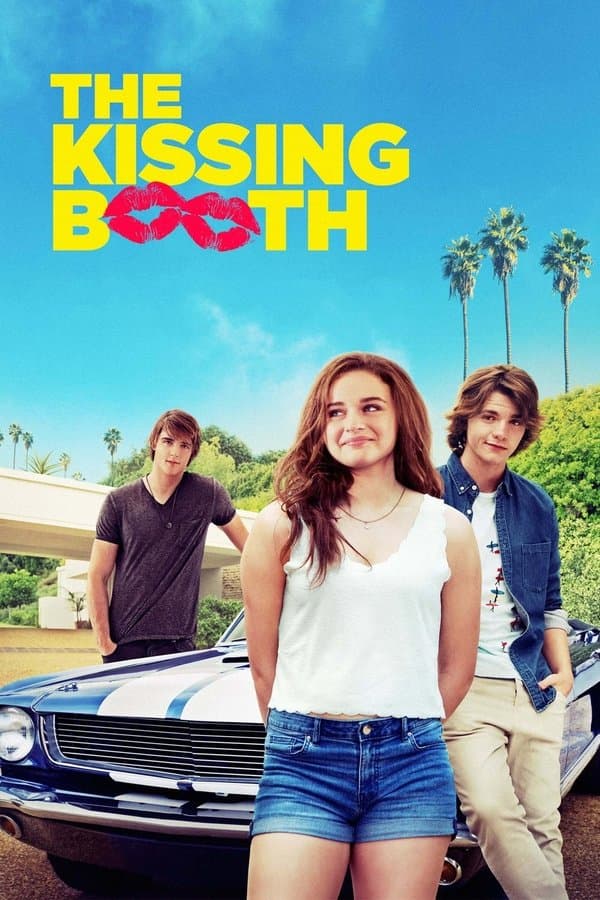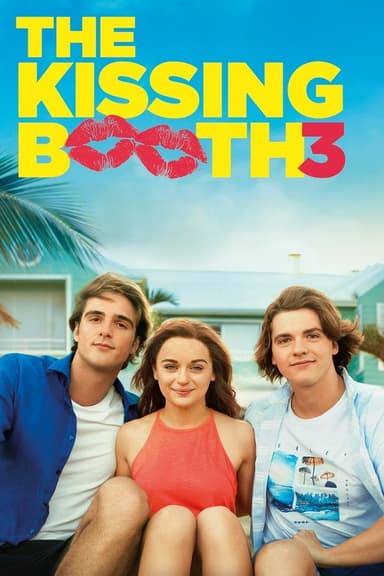
The Kissing Booth
2018 • Comedy, Romance • PG-13
When teenager Elle's first kiss leads to a forbidden romance with the hottest boy in high school, she risks her relationship with her best friend.
Runtime: 1h 45m
Why you should read the novel
Reading Beth Reekles’ 'The Kissing Booth' offers a uniquely immersive experience, inviting readers directly into Elle’s world, her thoughts, and her emotional journey. The novel delves deeper into Elle’s dilemmas, giving more nuance to her relationships and providing a sense of authenticity that is sometimes lost in film adaptations. The storytelling in the book is engaging, detailed, and allows for a deeper connection with the characters, making each moment of drama, excitement, and heartbreak resonate more powerfully.
Books have a way of slowing down the story, giving us moments to pause and reflect on the characters’ choices and personal growth. By reading 'The Kissing Booth,' you get to witness Elle, Lee, and Noah evolve in a more intimate environment. The novel lets you envision the scenes, settings, and even the secondary characters in your own way, sparking your imagination far beyond what the movie presents.
Diving into the source novel can be far more satisfying as it includes additional details, subplots, and character backstories absent from the screenplay. Not only do you get to appreciate Reekles’ original vision, but you also discover hidden layers and motivations, making the story richer and more textured than its on-screen counterpart.
Adaptation differences
One major difference between the book and the movie lies in the characterization of Elle. In Beth Reekles’ novel, Elle is portrayed with more inner dialogue and nuanced emotional development, providing readers with deeper insight into her choices and feelings. The film presents Elle’s story in a more visual and sometimes superficial way, with much of her internal conflict condensed or left out, making her sometimes seem less complex on screen.
Another notable change is the portrayal of Elle’s friendship with Lee. The book offers a more detailed look into the dynamics of their lifelong friendship, including specific traditions, inside jokes, and the strength of their bond. The film adaptation, while retaining key events, often simplifies their relationship for pacing, losing out on some of the emotional depth present in the source material.
The movie also introduces new plot points and omits several book scenes, altering the overall tone and flow of the story. For example, certain party scenes, character confrontations, and subplots involving secondary school friends are either adapted differently or removed entirely. This affects how certain relationships develop, leading to different emotional climaxes and resolutions than readers find in the novel.
Lastly, the ending of the book and movie diverge in tone and detail. While both wrap up Elle and Noah’s romantic arc, the book provides a more reflective, open-ended closing that allows readers to ponder what comes next for the characters. The film, meanwhile, opts for a more definitive, cinematic conclusion. This shift changes the story’s emotional resonance and leaves a distinctly different impression on audiences compared to those who read the novel.
The Kissing Booth inspired from
The Kissing Booth
by Beth Reekles











